Remember when the Oculus Rift was announced?? We went crazy at the prospect, however the biggest breakthrough for us, the consumer, came when Google announced the Cardboard, a makeshift device that used your phone (the very gadget in your pocket right now!) as a medium to view VR content. The cardboard spawned millions of copies, in paper, plastic, neoprene, etc… bringing VR to the consumer.
The Mira Prism is the Cardboard of Augmented Reality. Bringing AR to consumers, not through the phone’s camera but rather in the form of a headset, the Mira Prism uses your phone’s screen to project content on a visor sitting in front of your eyes. While a rather rudimentary solution, the better your phone’s screen (brightness, contrast), the better the hologram.
The Prism works purely on an ingenious idea, and reflection. The visor isn’t flat, but rather has two curves, allowing the content to be projected without distortion. The app which runs on your phone uses it accelerometer, along with the front-facing camera for image-recognition and gauging distances (it works using tracking graphic, instead of mapping your environment). It then creates a projection with a black background on the screen which gets picked up by the visor. You see only the object, and not the black part of the screen. Objects move in real-time based on their location and adapt to your viewing angle, as would be expected of an AR headset.
The Mira is up for pre-order at just $99, that’s 30 times lower than the Microsoft Hololens, and it even comes with a remote for controlling projections, scaling them up/down, or rotating them. We’re basically literally one app-update away from playing Clash of the Clans on our coffee tables!
Designer: Mira Labs
PRE-ORDER NOW
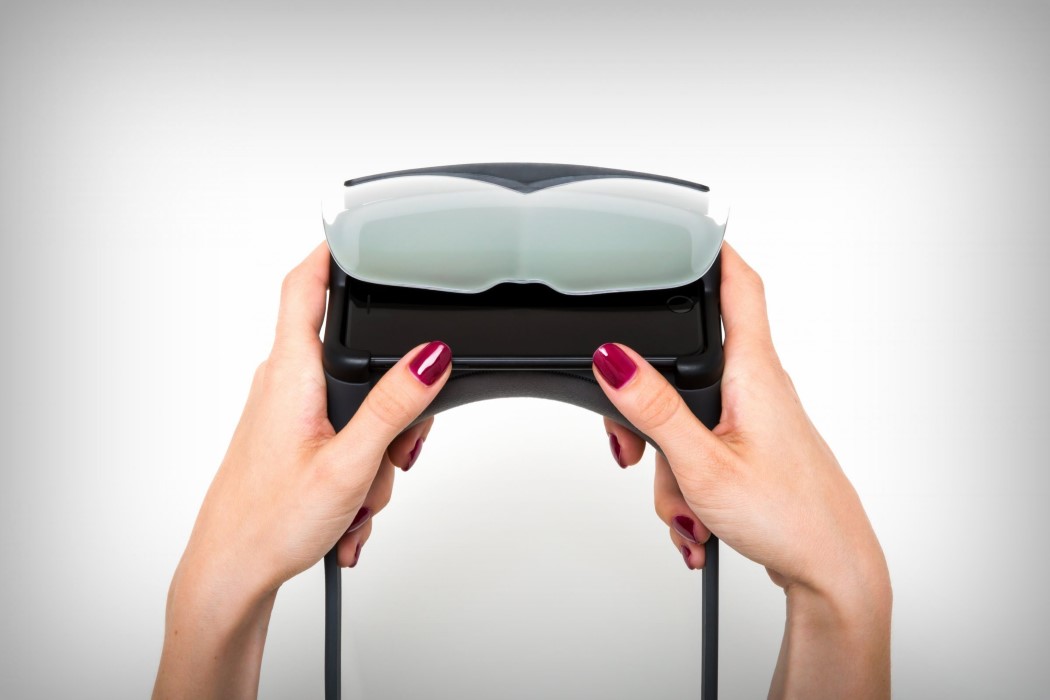
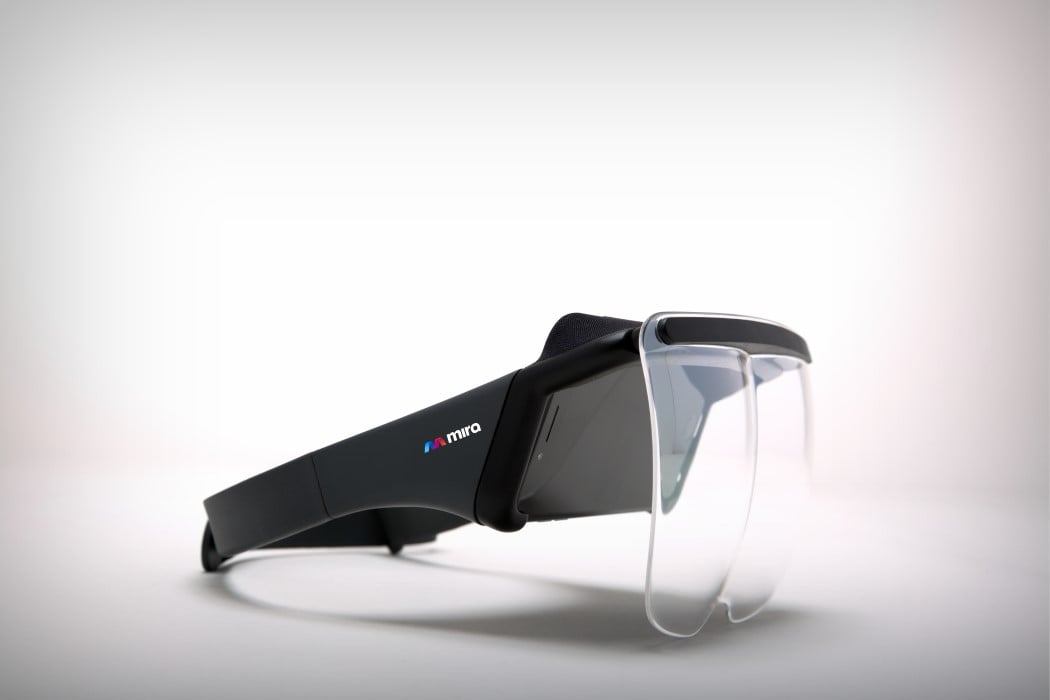
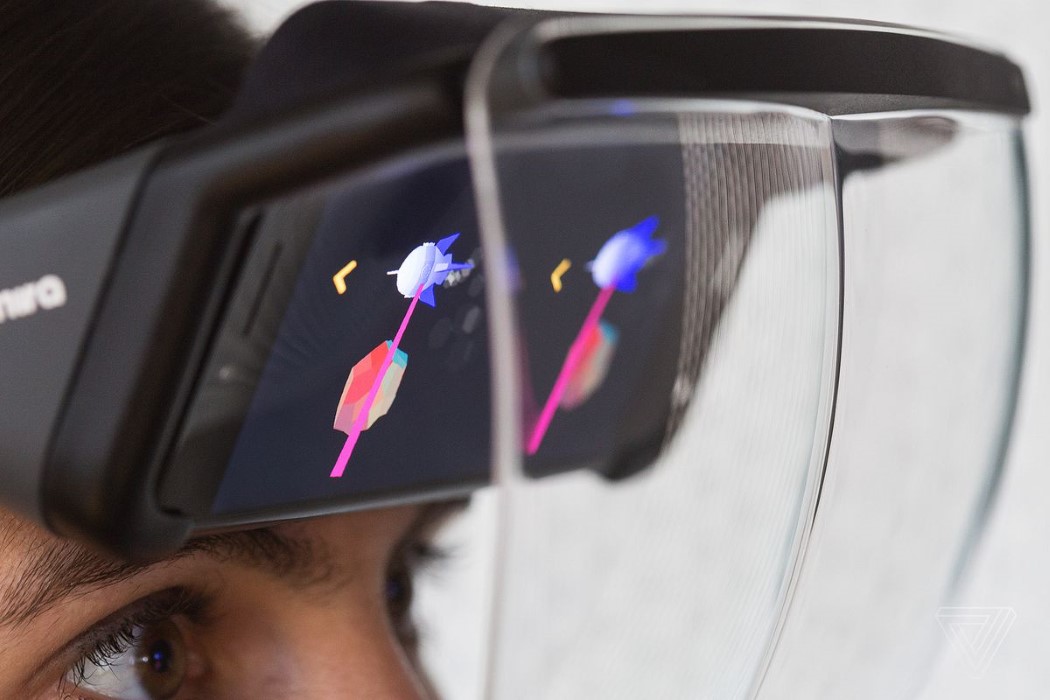
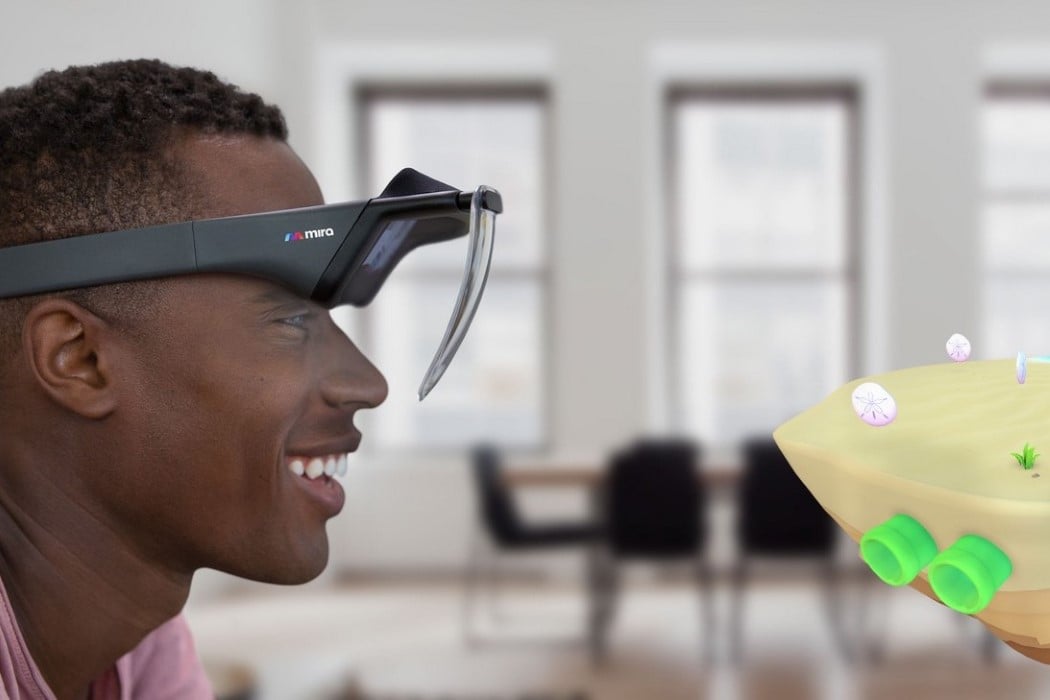
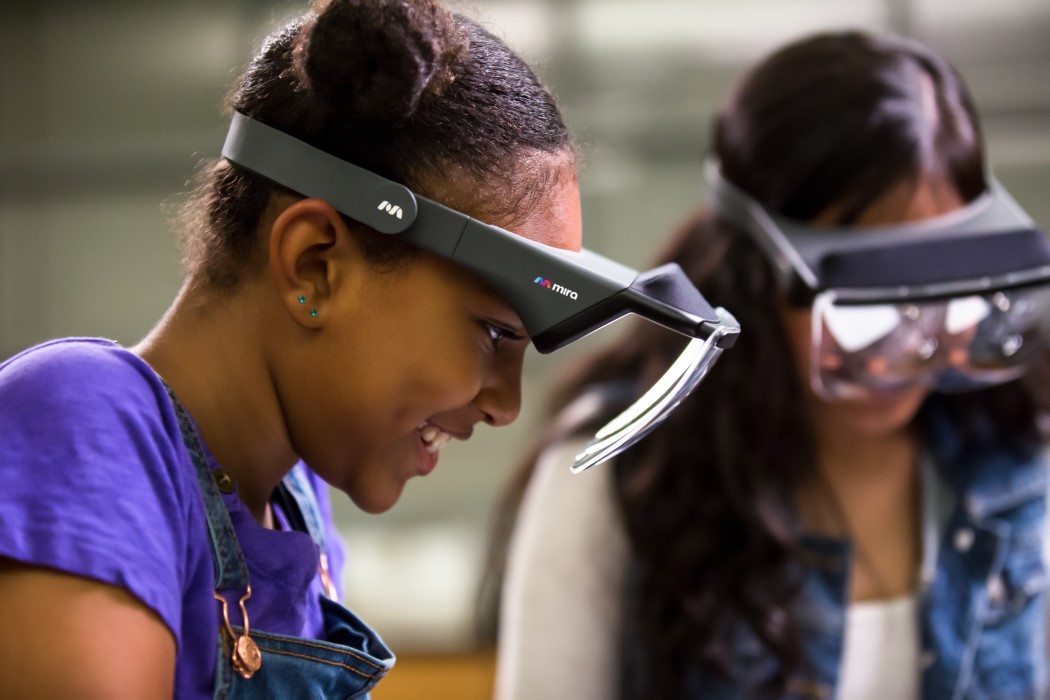
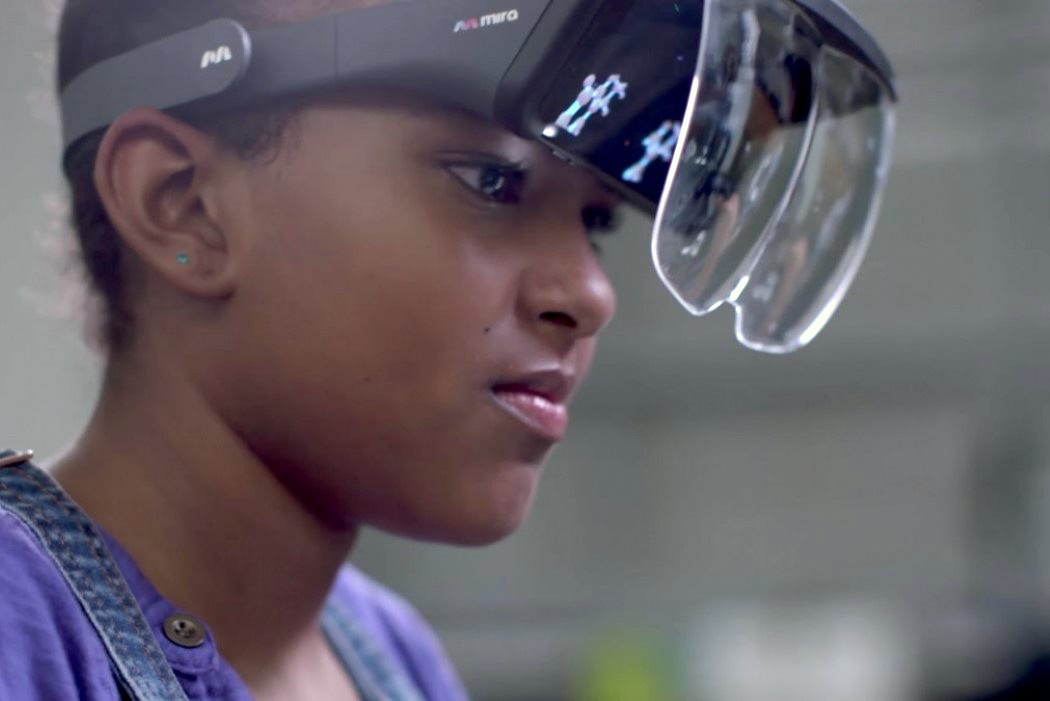
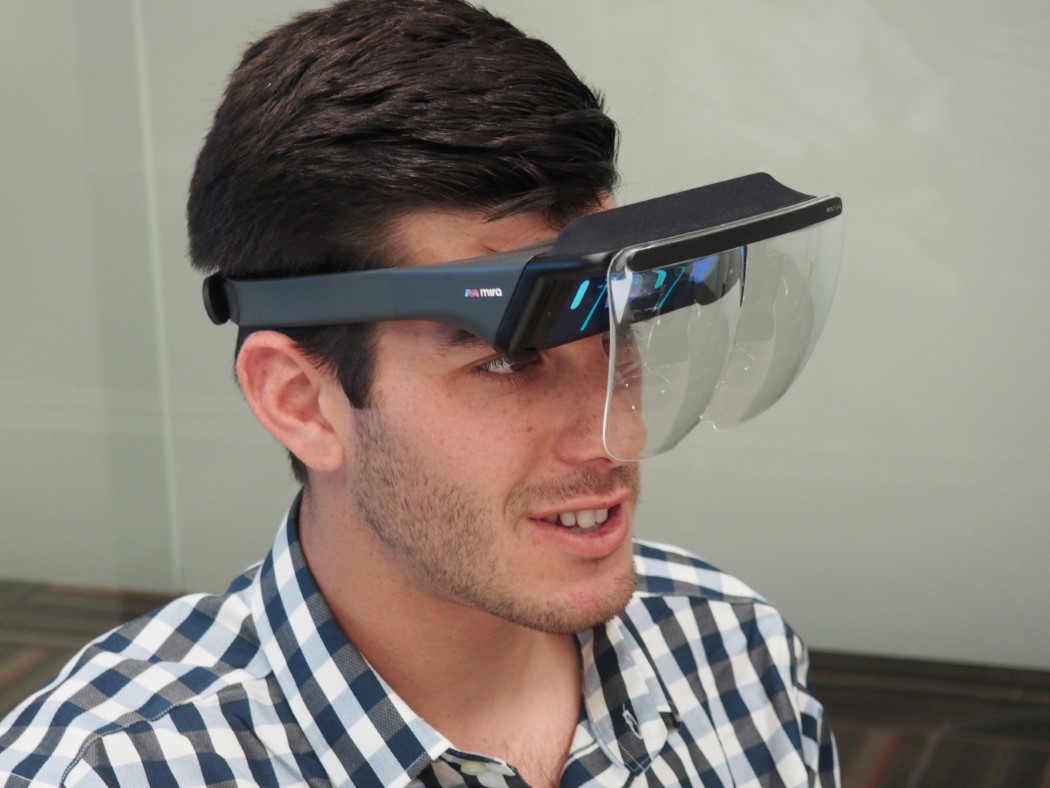
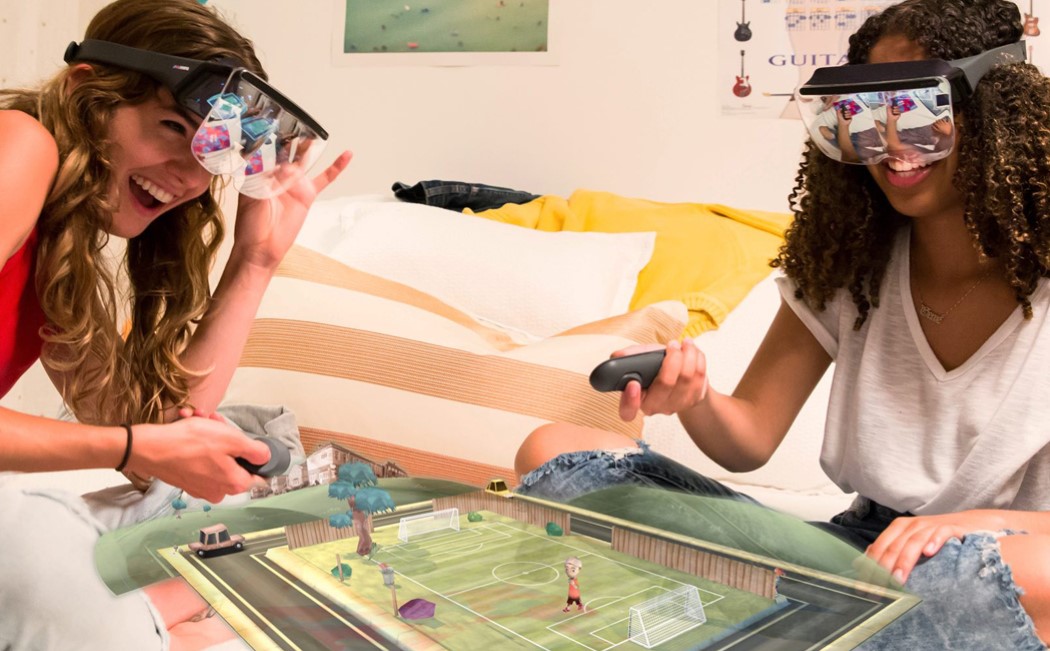

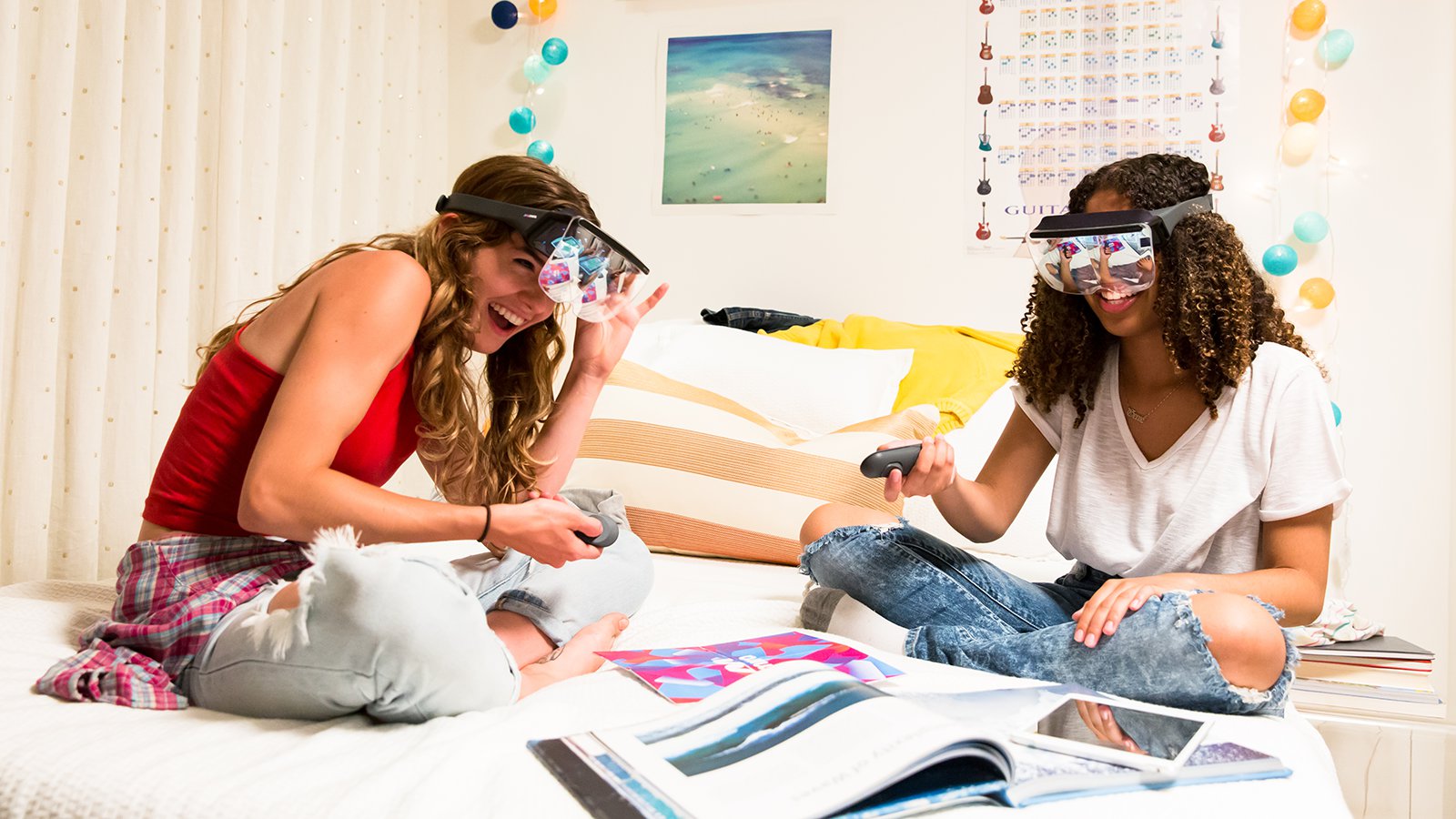 While mobile VR is a vibrant market these days, thanks to the Gear VR and Google's Daydream View, the same can't be said for AR. If you want to dabble in augmented reality, you'd better be prepared to shell out at least $950 on hardware like the Meta...
While mobile VR is a vibrant market these days, thanks to the Gear VR and Google's Daydream View, the same can't be said for AR. If you want to dabble in augmented reality, you'd better be prepared to shell out at least $950 on hardware like the Meta...
 When Barack Obama moved into the White House on January 20th, 2009, the federal government was in the digital dark ages. Even as late as 2011, he was complaining that the White House was 30 years behind. Among other things, Obama was the first presid...
When Barack Obama moved into the White House on January 20th, 2009, the federal government was in the digital dark ages. Even as late as 2011, he was complaining that the White House was 30 years behind. Among other things, Obama was the first presid...
 AT&T controls a big chunk of America's cellular infrastructure, and it turns out that it's been using that power for super-creepy purposes. The Daily Beast is reporting that the telco has essentially turned itself into a spy-for-hire in the pay o...
AT&T controls a big chunk of America's cellular infrastructure, and it turns out that it's been using that power for super-creepy purposes. The Daily Beast is reporting that the telco has essentially turned itself into a spy-for-hire in the pay o...
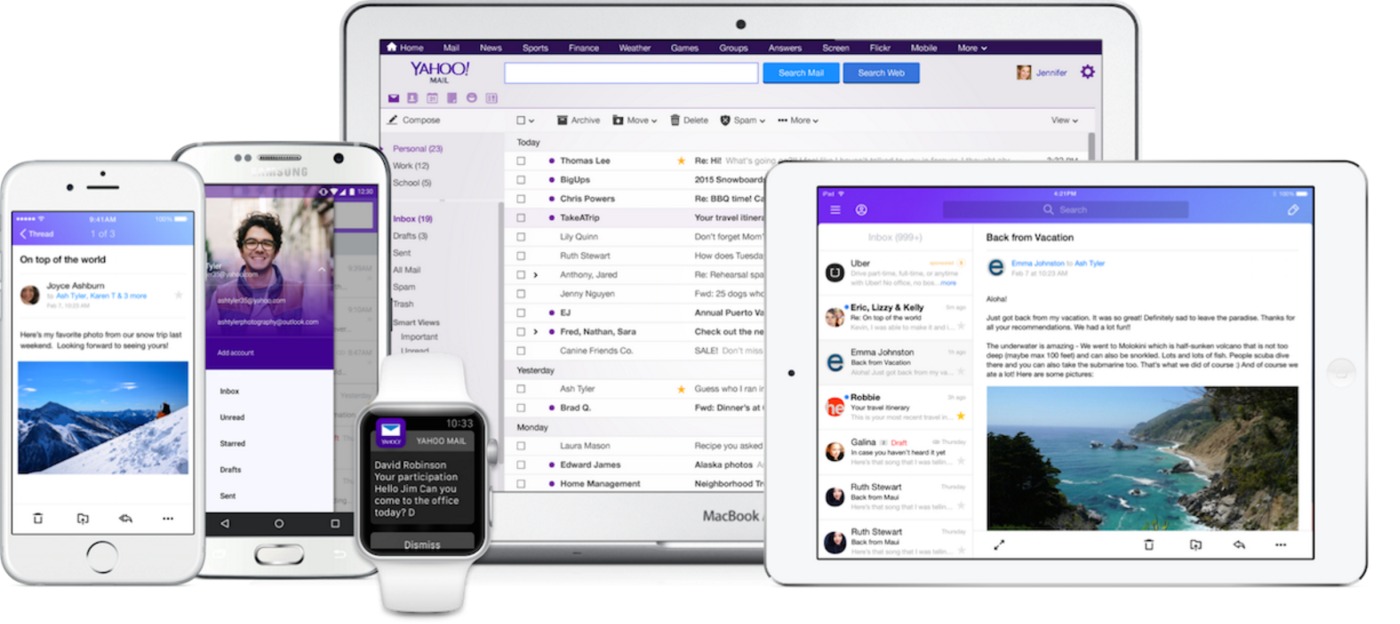 Following a Reuters report that in 2015 Yahoo scanned customer emails for US surveillance, the New York Times has followed up with details from anonymous sources of its own. Although Yahoo responded a day later claiming the initial report was "mislea...
Following a Reuters report that in 2015 Yahoo scanned customer emails for US surveillance, the New York Times has followed up with details from anonymous sources of its own. Although Yahoo responded a day later claiming the initial report was "mislea...
 When Oliver Stone's Snowden was first announced, it seemed far too soon to be retelling the story of the infamous whistleblower. After all, it was only three years ago that the files Snowden leaked led to the world-shaking revelations of the NSA's ma...
When Oliver Stone's Snowden was first announced, it seemed far too soon to be retelling the story of the infamous whistleblower. After all, it was only three years ago that the files Snowden leaked led to the world-shaking revelations of the NSA's ma...
 It's been over three years since former NSA contractor Edward Snowden released a trove of documents detailing the extent to which the American government was able to spy on its citizens. A big part of those revelations was PRISM, a system that allowe...
It's been over three years since former NSA contractor Edward Snowden released a trove of documents detailing the extent to which the American government was able to spy on its citizens. A big part of those revelations was PRISM, a system that allowe...
 Nearly three years after Edward Snowden first exposed the NSA's PRISM electronic data mining program, and his trusted journalist partners are finally ready to bring even more of those documents out into the open. Today, The Intercept announced two in...
Nearly three years after Edward Snowden first exposed the NSA's PRISM electronic data mining program, and his trusted journalist partners are finally ready to bring even more of those documents out into the open. Today, The Intercept announced two in...
 There was never hard proof that the government was after Edward Snowden during its pursuit of now-defunct secure email service Lavabit, but that's changed. In an embarrassing gaffe, the feds released unredacted court documents confirming the suspicio...
There was never hard proof that the government was after Edward Snowden during its pursuit of now-defunct secure email service Lavabit, but that's changed. In an embarrassing gaffe, the feds released unredacted court documents confirming the suspicio...